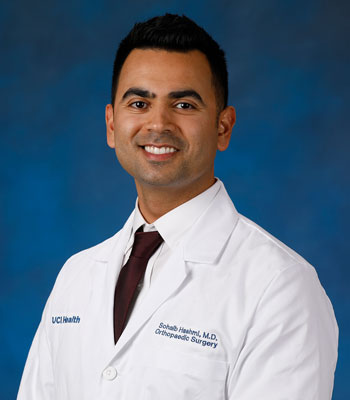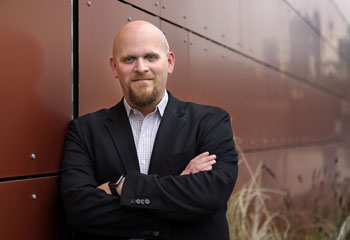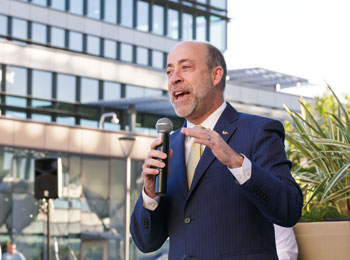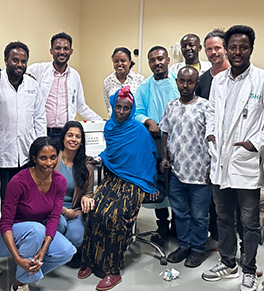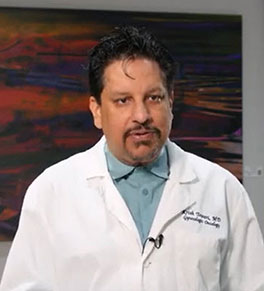Gynecology Services
The gynecology specialists at UCI Health combine compassionate care with state-of-the-art diagnostics and treatments for disorders of the reproductive system.
Their expertise is unmatched and has continually led UCI Medical Center, Orange County’s only university hospital, to be ranked among the nation’s top hospitals for gynecologic care by U.S. News & World Report.
Our gynecology team includes some of the most prominent physicians in the nation who treat gynecologic cancers and other conditions and diseases of the reproductive tract. Among them are members of the Gynecologic Oncology Group (GOG). This national cooperative is dedicated to the advancement of clinical research and training for the treatment of female reproductive-tract cancers.
Our gynecologists see patients at the UCI Health Women’s Healthcare Center & Center for Fetal Evaluation in Orange, at the UCI Health Women's Healthcare Center in Costa Mesa, at UCI Health — Tustin and UCI Health — Irvine.
To make an appointment, please call us at 714-456-2911.
Conditions & Treatments
Conditions we treat include:
|
|
- Polycystic ovary disease
- Pregnancy options counseling
- Reproductive infectious diseases
- Routine examinations and screenings, including Pap smears, mammogram referrals, MRI, ultrasound, colonoscopy, bone density studies
- Sexual dysfunction
- Surgical interventions, including open surgery, robotic and laparoscopic, for fibroid tumors and endometriosis
- Urinary incontinence
- Uterine fibroids and other noncancerous tumors of the female reproductive tract
- Uterine cancer
- Vulvar/vaginal conditions
|
State-of-the-Art Diagnostics
UCI Health facilities are equipped with the latest in testing modalities to identify the cause of reproductive tract disorders.
These include specialized laboratory analyses, computed tomography (CT) and magnetic resonance imaging (MRI) scans.
Our physicians are at the forefront of the latest surgical methods, including minimally invasive endoscopic procedures and other alternatives to hysterectomies.
Our team
The world-class gynecologists on our team include:
Obstetrician-gynecologists
High-risk maternal-fetal obstetricians
Obstetric hospitalists
Urogynecologists
Gynecologic oncologists






